UPSC Daily Current Affairs- January 17, 2022 | Current Affairs: Daily, Weekly & Monthly - CLAT PDF Download
GS-I
Undersea Volcanic Eruption in Hunga Islands, Tonga

Context
A distant undersea volcano has erupted in spectacular fashion near the Pacific nation of Tonga sending large tsunami waves reaching the shore.
About Hunga Volcano
- The Hunga-Tonga-Hunga-Ha’apai volcano has erupted regularly over the past few decades.
- It consists of two small uninhabited islands, Hunga-Ha’apai and Hunga-Tonga, poking about 100m above sea level 65km north of Tonga’s capital Nuku’alofa.
- But hiding below the waves is a massive volcano, around 1800m high and 20 kilometres wide.
- During events in 2009 and 2014/15 hot jets of magma and steam exploded through the waves. But these eruptions were small, dwarfed in scale by the January 2022 events.
- Researchers suggest this is one of the massive explosions the volcano is capable of producing roughly every thousand years.
Impact of the eruption
- The ash plume is already about 20km high.
- Most remarkably, it spread out almost concentrically over a distance of about 130km from the volcano, creating a plume with a 260km diameter, before it was distorted by the wind.
- The eruption also produced a tsunami throughout Tonga and neighbouring Fiji and Samoa.
- Shock waves traversed many thousands of kilometres, were seen from space, and recorded in New Zealand some 2000km away.
- All these signs suggest the large Hunga caldera has awoken.
A chain reaction
- Extremely violent blasts tear the magma apart.
- A chain reaction begins, with new magma fragments exposing fresh hot interior surfaces to water, and the explosions repeat, ultimately jetting out volcanic particles and causing blasts with supersonic speeds.
How has it emerged out to be so big?
- The caldera is a crater-like depression around 5km across.
- Small eruptions (such as in 2009 and 2014/15) occur mainly at the edge of the caldera, but very big ones come from the caldera itself.
- These big eruptions are so large the top of the erupting magma collapses inward, deepening the caldera.
- Looking at the chemistry of past eruptions, we now think the small eruptions represent the magma system slowly recharging itself to prepare for a big event.
What next?
- This latest eruption has stepped up the scale in terms of violence.
- Researchers are still in the middle of this major eruptive sequence and many aspects remain unclear, partly because the island is currently obscured by ash clouds.
Thiruvalluvar
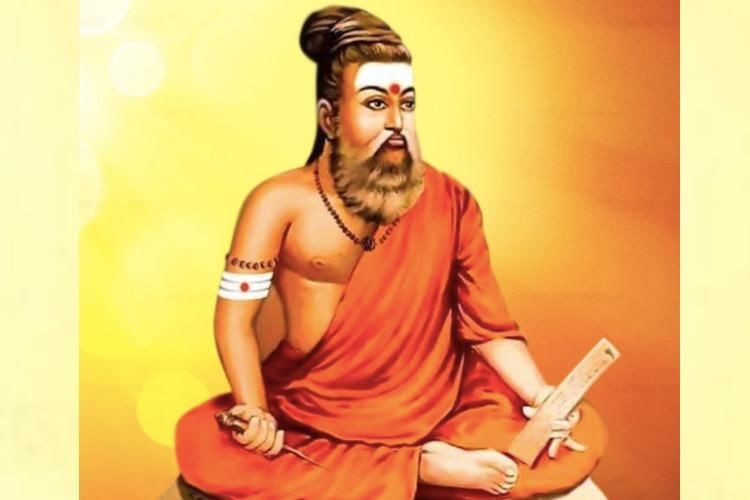
Context
- The Prime Minister of India paid tributes to the Tamil poet and philosopher Thiruvalluvar on Thiruvalluvar Day.
- In the present time, the is usually observed either on 15th or 16th January in Tamil Nadu and is a part of Pongal celebrations.
About Thiruvalluvar
- Thiruvalluvar, also called Valluvar, was a Tamil poet-saint.
- The period when he lived is debated, as is his religious identity.
- He is believed to have lived between the 3rd-4th century or 8th-9th century.
- He is thought to be linked to Jainism. However, Hindus have also claimed that Thiruvalluvar belonged to hinduism.
- Dravidian groups also count him as a saint, as he dismissed the caste system.
- He had contributed the Tirukkural or ‘Kural’ to the Sangam literature.
- Tirukkural is comprised of 133 sections of 10 couplets each is divided into three books:
- Aram (virtue),
- Porul (government and society),
- and Kamam (love).
- The Tirukkural has been compared to the great books of the world’s major religions.
GS-II
Desh Ke Mentor Programme and the Controversy
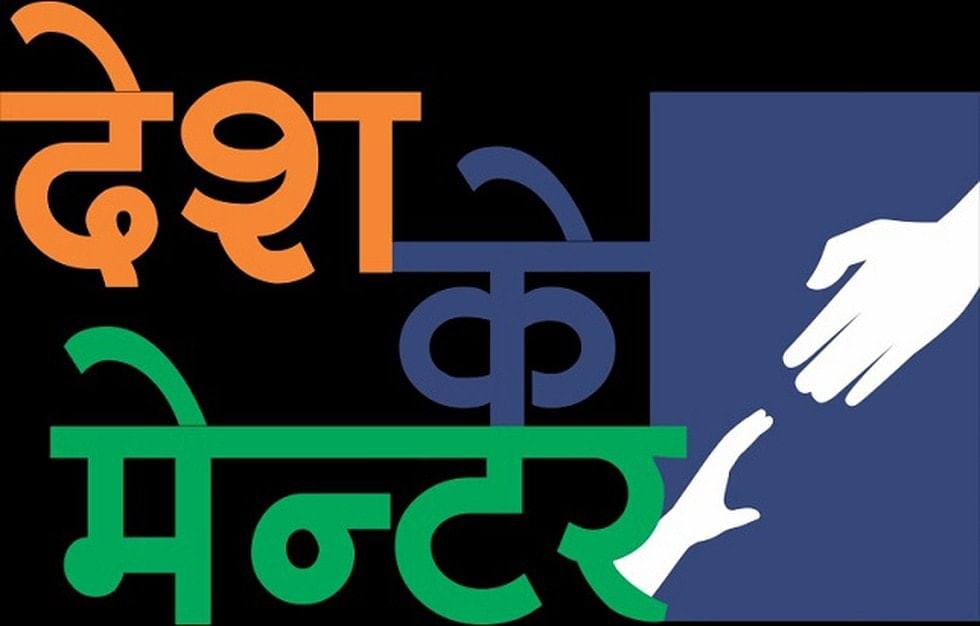
Context
- A controversy recently broke out after the National Commission for Protection of Child Rights (NCPCR) recommended that the Delhi government suspend its flagship ‘Desh ke Mentor’ programme.
About Desh Ke Mentor Programme
- The programme was launched in October 2021 and is aimed at connecting students in classes IX to XII with voluntary mentors.
- People between the ages of 18 and 35 can sign up to be mentors through an app created by a team at the Delhi Technological University and will be connected with students based on mutual interests.
- The mentorship entails regular phone calls for a minimum of two months, which can optionally be carried on for another four months.
- The idea is for the young mentors to guide students through higher education and career options, preparation for higher education entrance exams, and dealing with the pressure of it all.
How is a person selected to be a mentor?
- The registration process takes place on the Desh ke Mentor app.
- The volunteer has to fill in information about themselves such as their date of birth, education qualification, profession, organisation they work with and so on.
- However, it is optional for them to upload any proof of identity.
- Once the registration is complete, the mentor is connected to a set of children of the same gender as themselves whose interests align with theirs.
- Students have to take parental consent before becoming a part of the programme.
What are the concerns raised by the NCPCR regarding this process?
- It has stated that assigning children to a mentor of the same gender as them does not necessarily assure their safety from abuse.
- It has also expressed concern over the lack of police verification of the mentors.
- It has a psychometric test which has not been scrutinized by professional practising experts.
- It has also stated that limiting interactions to phone calls also does not ensure the safety of children since “child-related crime can be initiated through phone calls as well.”
Vote through postal ballot
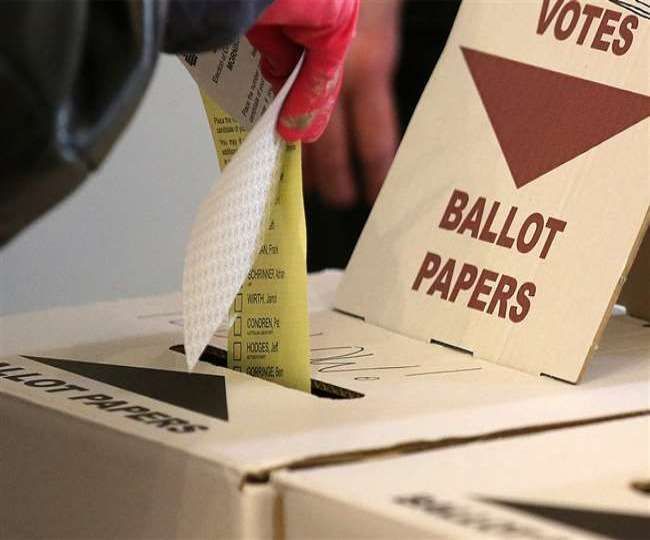
Context
- The Election Commission of India has allowed journalists to cast their votes through postal ballot facility.
Procedure to be followed
- Any absentee voter wishing to vote by postal ballot has to make an application to the returning officer in Form-12D, giving all requisite particulars and get the application verified by the nodal officer appointed by the organisation concerned.
- Any voter opting for postal ballot facility would not be able to cast a vote at the polling station.
The following voters are also allowed to cast their votes through postal ballot
- Service voters (armed forces, the armed police force of a state and government servants posted abroad),
- Voters on election duty,
- Voters above 80 years of age or Persons with Disabilities (PwD),
- Voters under preventive detention.
About postal voting
- A restricted set of voters can exercise postal voting. Through this facility, a voter can cast her vote remotely by recording her preference on the ballot paper and sending it back to the election officer before counting.
Representation of the People Act, 1951
This act provides for the actual conduct of elections in India. It deals with the following matters:
- Details like Qualification and Disqualification of members of both the Houses of Parliament and the State Legislatures.
- Administrative machinery for conducting elections.
- Registration of Political parties.
- Conduct of Elections.
- Election Disputes.
- Corrupt practices & Electoral offences. By-elections.
Philippines approves deal for BrahMos Missile

Context
- In the first export order for the BrahMos supersonic cruise missile system, the Philippines has approved a $374.96 mn contract for the purchase of a shore-based anti-ship variant of the missile from India.
About BrahMos Missile
- BrahMos missile derives its name from the combination of the names of Brahmaputra and Moskva Rivers.
- They are designed, developed and produced by BrahMos Aerospace, a joint venture company set up by DRDO and Mashinostroyenia of Russia.
- It is a two-stage missile with a solid propellant booster as the first stage and liquid ramjet as the second stage.
- The cruise missiles like BrahMos are a type of system known as the ‘standoff range weapons’ which are fired from a range sufficient to allow the attacker to evade defensive fire from the adversary.
- Such weapons are in the arsenal of most major militaries in the world.
Its capability
- BrahMos missile flies at a speed of 2.8 Mach or almost three times the speed of sound.
- It is the main weapon system of the Indian Navy warships and has been deployed on almost all of its surface platforms.
- An underwater version is also being developed which will not only be used by the submarines of India but will also be offered for export to friendly foreign nations.
Various versions
- The versions of the BrahMos that are being tested have an extended range of around 400 km, as compared to its initial range of 290 km, with more versions of higher ranges currently under development.
- Various versions including those which can be fired from land, warships, submarines and Sukhoi-30 fighter jets have already been developed and successfully tested in the past.
- The earliest versions of the ship launched BrahMos and land-based system are in service of the Indian Navy and the Indian Army since 2005 and 2007 respectively.
GS-III
National Startup Awards 2021

Context
- Recently, the Union Minister of Commerce & Industry presented the second edition of National Startup Awards 2021.
- It was also announced that 16th January (Startup India Initiative was launched on this day in 2016) will be celebrated as National Start-up Day, to take the Startup culture to the far flung areas of the country.
- The ‘Blockchain-enabled verification for Department for Promotion of Industry and Internal Trade (DPIIT) tax incentive certificates’, ‘Digilocker enabled DPIIT Startup recognition certificate’ were also launched.
Startup India Initiative
- It envisages building a robust Startup ecosystem in the country for nurturing innovation and providing opportunities to budding entrepreneurs. It was launched in 2016.
- The action plan of this initiative focuses on following three areas:
- Simplification and Handholding.
- Funding Support and Incentives.
- Industry-Academia Partnership and Incubation.
About National Startup Awards 2021
- Designed by
- Department for Promotion of Industry and Internal Trade (DPIIT), Ministry of Commerce & Industry.
- Aim
- To recognize and reward outstanding Startups and ecosystem enablers that are building innovative products or solutions and scalable enterprises, with high potential of employment generation or wealth creation, demonstrating measurable social impact.
- 2021 Awards
- The second edition of the awards invited applications across 15 sectors and 49 sub-sectors.
- The 2021 edition of the awards also recognized exceptional Startups innovating solutions to promote Indic languages and to compliment national efforts to combat Covid-19 pandemic.
- All applicants were evaluated against six broad parameters namely Innovation, Scalability, Economic Impact, Social Impact, Environmental Impact, and Inclusiveness and Diversity.
- Prize
- The winning startup founders will get a cash prize of Rs. 5 lakh and an opportunity to present their solutions to relevant public authorities and corporates. Incubators and accelerators will get Rs. 15 lakh as the winning amount.
- 46 startups along with 1 incubator and 1 accelerator were honoured with the award.
Status of Start-ups in India
- About
- Today, India is the third largest start-up ecosystem globally (by number of start-ups) with more than 15,000 start-ups established in 2020, up from 5000 in 2010.
- The underlying enablers of this startup ecosystem include smartphone and internet penetration, cloud computing, application programming interfaces (APIs), and a national payments stack in place.
- Additionally, amid the Covid-19 pandemic, India has witnessed more number of Unicorn startups (startups having valuation of over USD1 billion) in just 2021 than it did in the period 2011-20.
- However, still there are many challenges (Building and Scaling an Indian Startup, Diversity and the Digital Divide, Complex Regulatory Environment) that act as a hindrance in realising the true potential of startups in India.
- Other Related Initiatives
- Ranking of States on Support to Startup Ecosystems: It is an evolved evaluation tool aimed to strengthen the support of States and UTs to holistically build their startup ecosystems.
- SCO Startup Forum: The first-ever Shanghai Cooperation Organisation (SCO) Startup Forum was launched in October 2020 to develop and improve startup ecosystems collectively.
- Prarambh: The ‘Prarambh’ Summit aims to provide a platform to the startups and young minds from around the world to come up with new ideas, innovation and invention.
- Startup India Seed Fund Scheme: It aims to provide financial assistance to startups for proof of concept, prototype development, product trials, market entry, and commercialization.
- Fisheries Startup Grand Challenge: The Department of Fisheries, Ministry of Fisheries, Animal Husbandry & Dairying In association with Startup India, the Ministry of Commerce and Industry inaugurated the Fisheries Startup Grand Challenge.
Asiatic Lions in Kuno National Park
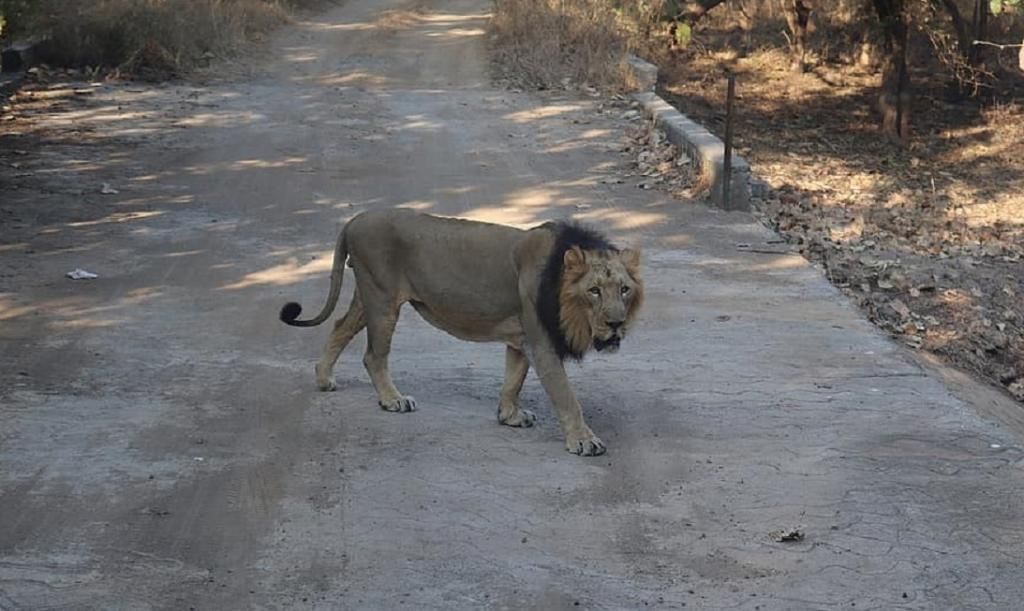
Context
- Experts have argued that the introduction of African cheetahs to Kuno National Park could endanger the Asiatic lion which has also been identified for re-introduction.
About Asiatic Cheetah
- Cheetah, the world’s fastest land animal was declared extinct in India in 1952.
- The Asiatic cheetah is classified as a “critically endangered” species by the IUCN Red List, and is believed to survive only in Iran.
- It was expected to be re-introduced into the country after the Supreme Court lifted curbs for its re-introduction.
- From 400 in the 1990s, their numbers are estimated to have reached to 50-70 today, because of poaching, hunting of their main prey (gazelles) and encroachment on their habitat.
Why reintroduce Cheetahs?
- Reintroductions of large carnivores have increasingly been recognized as a strategy to conserve threatened species and restore ecosystem functions.
- The cheetah is the only large carnivore that has been extirpated, mainly by over-hunting in India in historical times.
- India now has the economic ability to consider restoring its lost natural heritage for ethical as well as ecological reasons.
Why was the project halted?
- The court was worried whether the African cheetahs would find the sanctuary a favorable climate as far as the abundance of prey is concerned.
- Those who challenged the plan argued that the habitat of cheetahs needed to support a genetically viable population.
Issues with cheetah re-introduction
- Since 2018, dozens of lions have died from diseases, including canine distemper, opening up a frightening possibility of loss when confined to a single location.
- Establishing an additional free-ranging wild lion population in Kuno is of paramount importance and roadblocks, if any, must be transparently addressed.
- Clearly, the introduction of African cheetahs cannot take precedence over translocating Asiatic lions from Gujarat to Kuno National Park as ordered by none other than the apex court in 2013.
- However, simultaneous re-introduction can create a conflict for prey between these two wild cats.
Opportunity for agri-reforms in Punjab
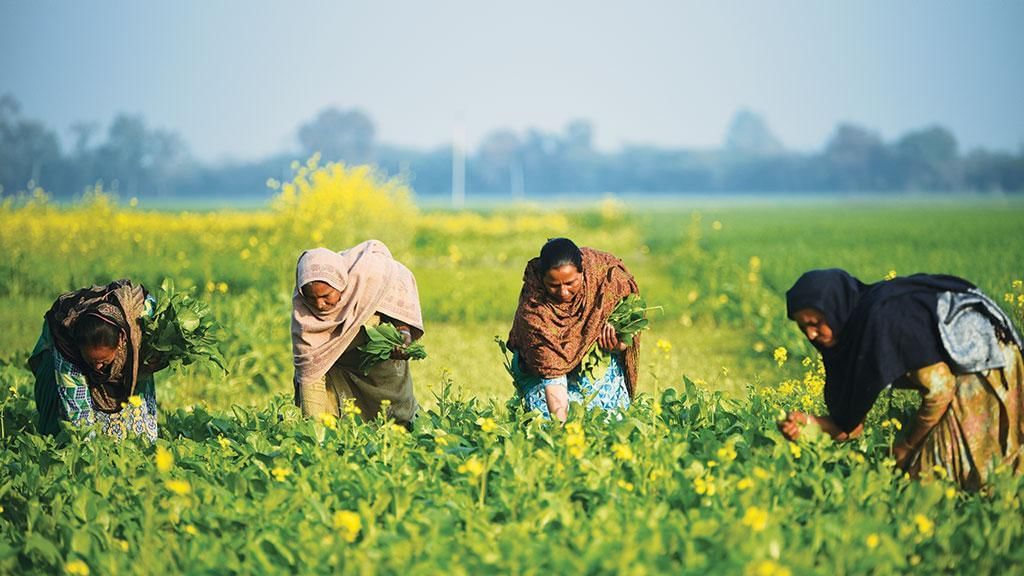
Context
- It is no secret that Punjab, once the frontrunner of Indian agriculture, is struggling to retain its dynamism.
What explains low diversification in agriculture?
- Policies: Guaranteed MSP for wheat and paddy, backed by assured procurement, free power and highly subsidised fertilisers, has disincentivised diversification.
- Political economy: The political economy around wheat and rice is so intense that any effort to address its distortionary impact is met with fierce opposition by vested interest groups.
Need to diversify
- While Punjab ranked at the top of major Indian states in terms of per capita income during 1967-68 to 2002-03, it has slipped below the 13th position.
- Punjab’s agricultural growth rate, at 5.7 per cent, was more than double the country’s average of 2.3 per cent during 1971-72 to 1985-86.
- This has reversed between 2005 and 2019 with Punjab at 1.9 per cent and India at 3.7 per cent.
- Agriculture least diversified state: With almost 85 per cent of the gross cropped area under wheat and rice, agriculture is least diversified in the state.
- Mandi transactions cost about 8.5 per cent of the MSP, the highest in the country, making Punjab wheat and rice less competitive.
How to recalibrate Punjab agriculture towards higher, sustainable growth?
- Augment livestock and milk processing: While fruits and vegetables account for 7.4 per cent of the value of the output of agriculture and allied sectors, livestock accounts for 31.5 per cent and fisheries less than 1 per cent.
- The state has the highest per capita availability of milk but it can process less than 20 per cent of it.
- Promoting mega parks for value addition in fruits and vegetables, milk, and other livestock products through medium and small enterprises will strengthen its competitiveness.
- Strengthen market for seed potato: It is also a significant player in seed potato and with the right package of practices, traceability systems, and infrastructure, the market for Punjab seed potato can be strengthened.
- Scaling up alternative marketing channel: Alternative marketing channels for fruits and vegetables such as direct marketing, contract farming, and exports have been in place but these models need to be scaled up with the right ecosystem.
- Shift to demand-driven agriculture: Punjab needs to switch from supply-driven agriculture to demand-driven agriculture.
- The demand for fisheries, poultry, dairy, and fruits and vegetables is increasing way faster than the demand for wheat and rice.
- Rationalise mandi charges: Rationalising mandi charges to not more than 3 per cent will attract private sector investments in building efficient value chains.
- Rationalise subsidies: Time-bound incentives in the form of freight subsidies for exporters of high-value agri-produce, tax exemptions for the processing of perishable commodities for value chain players would be more rational than the overloaded subsidies of urea and free power.
- Use technology and start-up revolution: Punjab should leverage the start-up revolution that is unfolding in India, and use technology to ensure optimal utilisation of resources, expand markets, and augment farmers’ income.
- Geo-tagging of farms can address concerns related to long-term leasing of land that is critical for large-scale investments and enable vibrant agricultural land markets.
- Innovations in supply chain management, be it automated grain silos or state-of-art herd management will not only optimise the use of resources but also bring in traceability of farms and animals, early monitoring and prevention of disease outbreaks, and contain value chain losses.
How to manage financial resources?
- Rationalise urea subsidy: It should rationalise its fertiliser subsidy regime by moving towards cash transfers on a per hectare basis and free up fertiliser prices.
- Include urea in nutrient-based subsidy scheme: If that’s not possible, then urea should be included in the nutrient-based subsidy scheme.
- Bring soluble fertiliser under subsidy: Bring soluble fertilisers under subsidy, which will enhance fertiliser use efficiency through fertigation.
- This will also help reap environmental gains.
- Rationalise food subsidy: Food subsidy can also be rationalised through direct cash transfers replacing PDS, as Punjab is a grain surplus state.
Conclusion
- Both environmental and financial sustainability concerns related to business-as-usual farming in Punjab call for a rebooting strategy.
|
1373 docs|802 tests
|
FAQs on UPSC Daily Current Affairs- January 17, 2022 - Current Affairs: Daily, Weekly & Monthly - CLAT
| 1. What is the significance of GS-I, GS-II, and GS-III in UPSC exams? |  |
| 2. What is the purpose of the UPSC Daily Current Affairs article? |  |
| 3. How can UPSC aspirants benefit from reading the UPSC Daily Current Affairs article? |  |
| 4. How can candidates make the most out of the UPSC Daily Current Affairs article for their exam preparation? |  |
| 5. Are the questions in the UPSC exams directly based on the UPSC Daily Current Affairs article? |  |
















